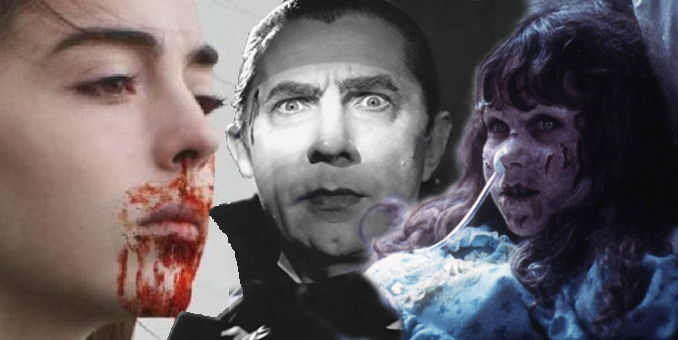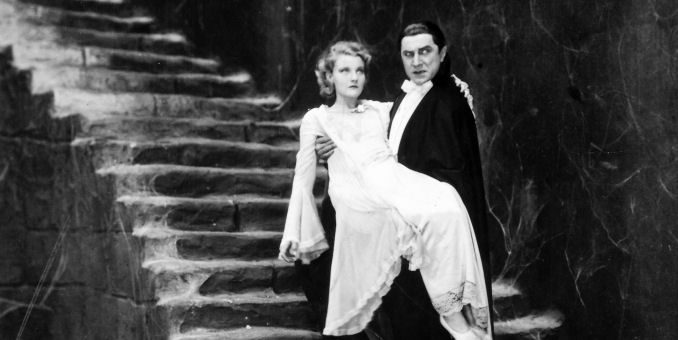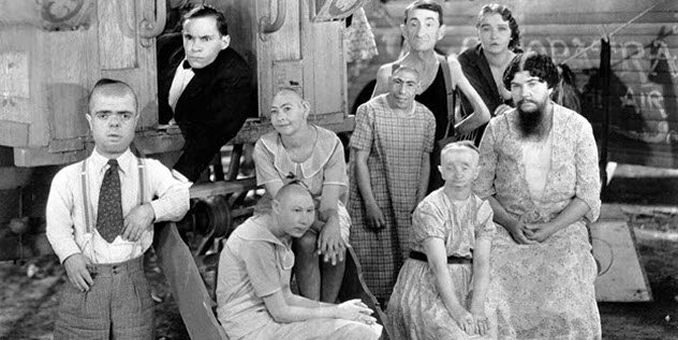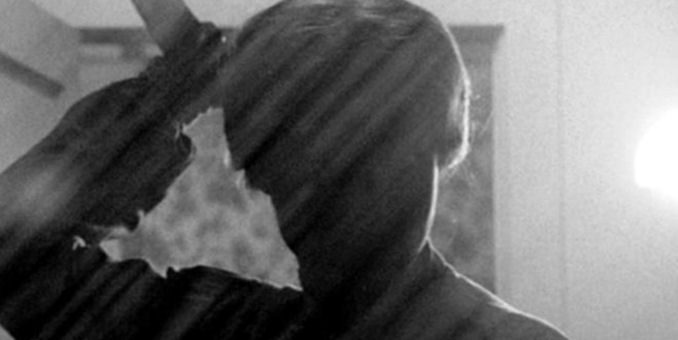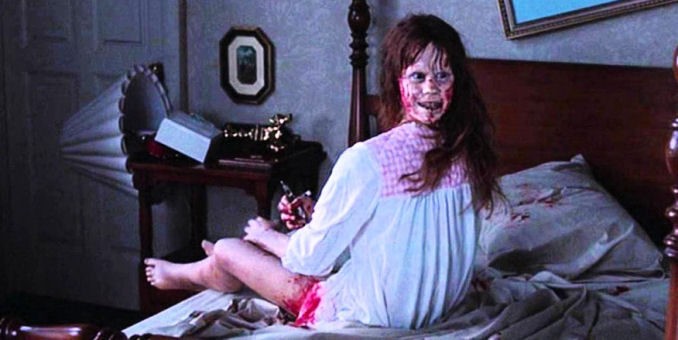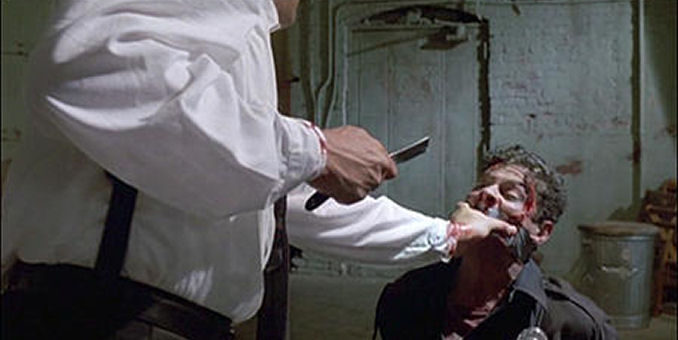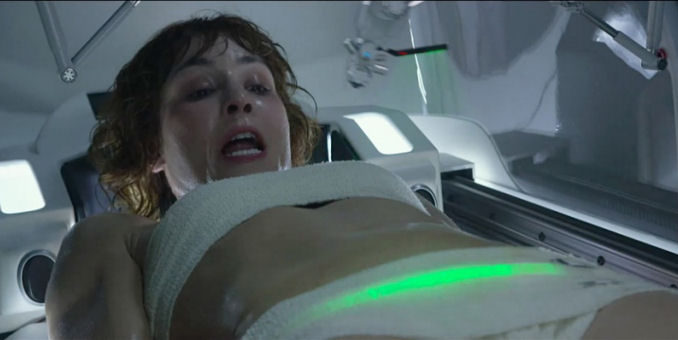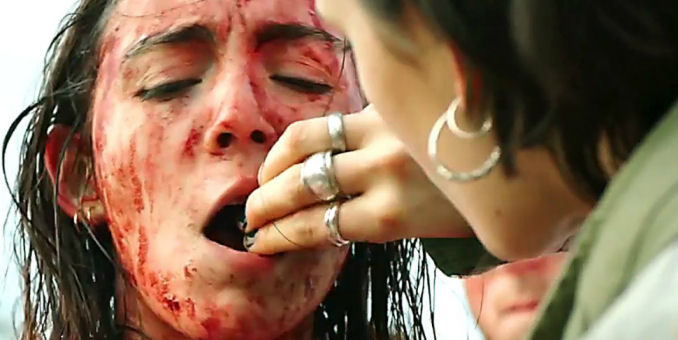Last spring at Cinema Con in Las Vegas, a scene from the upcoming remake of Dario Argento’s Suspiria was screened, and the reaction was, as described by Esquire magazine, traumatizing. The scene, in which a ballet dancer reportedly had her body roughly contorted by a supernatural force in ways that human bodies weren’t designed to bend, had several in the audience physically ill and certainly earned some positive buzz for a movie that many were casting a suspicious eye towards for being a remake of a classic. But of course, this isn’t the first time that some powerful filmmaking had audiences sick. Here’s just nine examples from across nine decades of movies.
Dracula (1931)
It is easy to say that culture’s sensibilities to a variety of things can change over time. Just look at attitudes towards racial equality or women in the work place and how they have changed over just the lifespan of the United States. And that can be extended to what potentially horrifies is as a society as well. In the years between the 193- release of Tod Browning’s iconic classic Dracula and now, this country has seen the horror of World War Two and had the Vietnam War televised into their living rooms on a nightly basis. So it is hard to believe looking back at Bela Lugosi’s performance here led to reports of women fainting. But when you think about it, his Dracula does contain a smoldering sexuality that was still permitable in that pre-Hayes Code era.
Freaks (1932)
Not being content with the state he reportedly left some audiences in with Dracula, Browning went on to direct Freaks. A story that humanized side-show freaks by showing that they have the same wide range of emotions, ambitions and dark sides that the rest of us have, Freaks cause quite the sensation upon its initial release. Apparently the fact that Browning cast actual sideshow performers in the film was so shocking to some at the time that audiences were scandalized and one woman stated she suffered a miscarriage after viewing the film. While very much a stretch of credulity to believe such a claim, the film was still kept out of circulation for years by the studio. And with the advent of the Production Code, it would be several decades before cinema would be allowed to have the power to disturb audiences on a level that would manifest itself physically.
Psycho (1960)
By the late 1950s, the general public was starting to become savvy about how movies told their stories, so director Alfred Hitchcock decided to play with those expectations. For 1960’s Psycho, star Janet Leigh was placed front and center of the marketing campaign. And given her star status, certainly no permanent harm would befall her over the course of the film, right? And that’s where Hitchcock threw a curve-ball to the audience with the film’s famous shower sequence that sees Leigh’s Marion Crane dead at the end, blood swirling around the shower drain. (Wes Craven ripped off this fake out for a similar scene at the beginning of Scream three decades later.) A powerful storytelling moment to be sure, one accentuated by the masterful filmmaking of the scene. And so impactful was the idea of the utter helpless of being attacked in a shower – naked, unarmed and cornered with no escape possible – that there are unconfirmed stories of many people fainted at early screenings of the film. Additionally, a legend has grown that many people switched from showers to baths as their preferred method of washing after seeing the film. It is probably impossible to gauge the truth of such an urban myth, but Leigh herself claimed to have sworn off showers, so who knows?
The Exorcist (1973)
Star Jason Miller regarded The Exorcist not so much as a genre film but as “philosophical horror film.” He liked the ambiguity of the film’s ending and whether or not his character of Father Karras won or lost against the devil in his struggle to save a young girl’s soul. But that is not to say that that director William Friedkin didn’t know how to evoke a physical reaction from audiences as well. When the film was first released in 1973, Friedkin allows for a slow, steady but ominous build up through the first half and that built a feeling of palpable dread in audiences. So palpable, in fact, that it lead to some people fainting, as reported on by this contemporary Los Angeles local news report.
Reservoir Dogs (1992)
Quentin Tarantino knows the vocabulary of cinema and he knows how to manipulate it to get a desired reaction out of his audience. Case in point – the infamous ear amputation scene in his 1992 debut film Reservoir Dogs. Just the juxtapositioning of the jauntiness of the 70’s one-hit-wonder “Stuck In The Middle With You” by Steelers’ Wheels against Michael Madsen’s Mister Blonde menacingly circling a tied-to-a-chair Tim Roth is enough to get one onto the edge their seat. But once Madsen digs into his grisly work, it was too much for many. Reportedly, among those who got up and left screenings, too disturbed to continue watching, include horror maven Wes Craven. Tarantino has to feel proud of that.
The Blair Witch Project (1998)
A cinematic Helen of Troy, The Blair Witch Project is the horror hit that launched a thousand imitators. Shot on a budget of $60,000 and grossing $250 million worldwide, the movie used some ingenious old school ballyhoo marketing that suggested its three principal character/actors had gone missing and the film footage found in the woods was the only clue to their disappearance. Accenting the reality of the faux-documentary style was the shaky nature of the handheld camera work, reminiscent of every children’s birthday party shot by a half-drunk parent on a store bought video camera in the 1990s. But when the shaky footage was blown up to an all vision encompassing theater screen, it induced vertigo and motion sickness in some audience members, even triggering vomiting in a few reported cases. The effect is much diminished when watching the film on home video.
127 Hours (2010)
Often times it is not the excess of blood and gore that triggers audience illness, it’s the more realistic depictions. The over-the-top Grand-Guignol of something like the crazy blood fountains of San Raimi’s Evil Dead 2 are so far removed from reality that they are far less likely to affect someone than the – in what neurologists refer to as “noxious stimuli” – sight of James Franco sawing off his trapped right hand in Danny Boyle’s 127 Hours. Of course, the impact of the scene is only strengthened by the fact that the film is based on the real life story of mountain climber Aron Ralston who, after having his hand trapped by a boulder for the titular amount of time until the prospect of no outside rescue leads him to self-amputation. When the film premiered at the Telluride Film Festival, it was reported that a woman had a panic attack and one gentleman felt light-headed during the scene in question. Later at the Toronto Film Festival, the film caused three audiences members to pass out and a seizure in a fourth.
Prometheus (2012)
Ridley Scott certainly got audiences queasy back in 1979 with the (in)famous “chest-burster” scene in his science-fiction/horror masterpiece Alien. When it cam time for 2012’s Alien prequel Prometheus, he out did himself with the film’s self-abortion scene featuring Noomi Rapace as a scientist who, upon discovering she has an alien organism growing inside of her, races to have a computerized operating table remove it before it kills her. What really makes it work is that it relies on the shock from the aforementioned chest-burster sequence in Alien. The audiences remembers that, and subsequent iterations of it through the franchise’s history, and so they know what the stakes are if Rapace’s character doesn’t succeed in removing the creatures.
Raw (2016)
This French horror film reportedly had audience members fainting when it first screened in the Midnight Madness programming track at the Toronto International Film Festival in September 2016. The film centers on a vegetarian college student (Garance Marillier) who, following a brutal hazing ritual, discovers that she is slowly develops a taste for human flesh. Since cannibalism is not rarely touched on in film, moviegoers aren’t as inured to the idea as they may be to other horror tropes. There is something very primal in the fear that you are nothing more than food for some other animal or being and that is something that director Julia Ducournau manages to exploit in a rather interesting way in the film.

